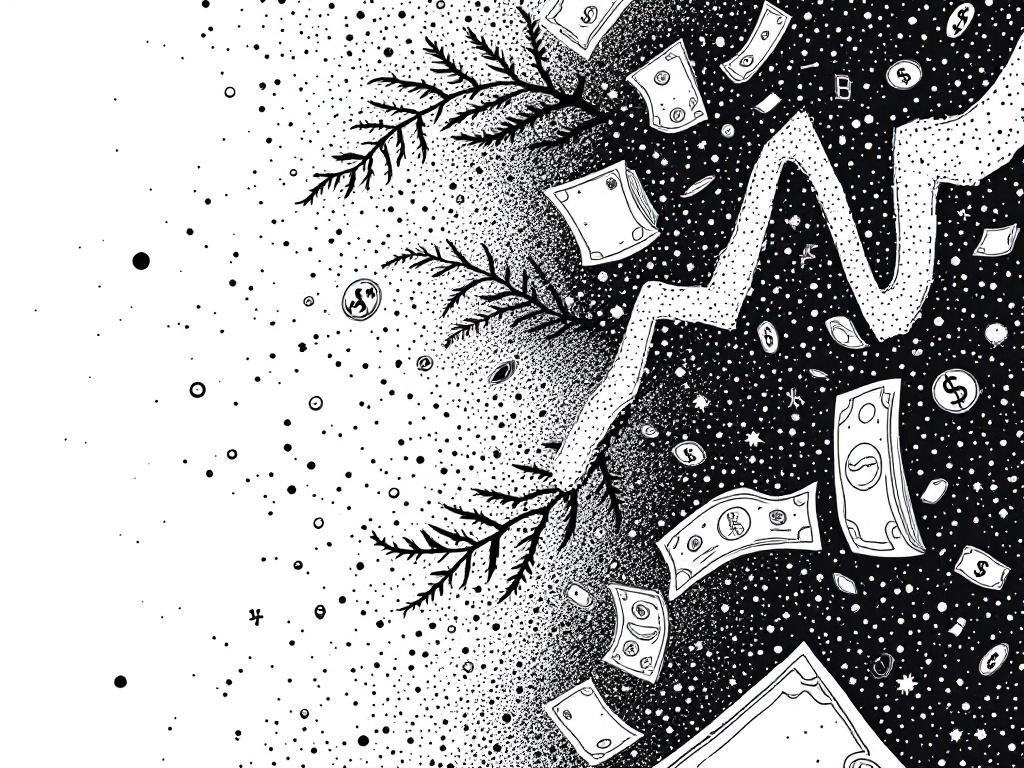Rising Household Income Volatility Challenges U.S. Economic Stability

Washington D.C., Tuesday, 8 July 2025.
Recent research shows a 30% increase in income volatility from 1971 to 2008, impacting consumer behavior and economic stability due to unpredictable earnings.
Understanding the Rise in Income Volatility
The Brookings Institution’s study highlights a pivotal increase in household income volatility, particularly from the early 1970s to the late 2000s. During this period, the standard deviation of percent changes in household income grew by approximately 30% 1.877, illustrating a considerable shift in income stability [1]. This heightened volatility can be attributed to fluctuations in labor earnings and transfer payments, raising implications for consumer behavior and economic stability [2].
Factors Driving Income Volatility
A significant factor behind this volatility is the newfound unpredictability of income streams such as labor earnings and government transfers. As reported, the share of households experiencing a 50% income drop over a two-year period rise from about 7% in the early 1970s to more than 12% in the early 2000s, peaking before the Great Recession [1]. Such income swings can lead to economic instability as households adjust their spending in response to income unpredictability [3].
Impact on Economic Stability
This increased volatility poses a threat to economic stability as it affects consumer spending behavior, which is a critical driver of economic growth. When incomes fluctuate widely, households may become more conservative in their spending, reducing overall demand in the economy. This, in turn, can lead businesses to adjust their business strategies, potentially slowing down investment and economic growth [1]. Furthermore, the rising income volatility may exacerbate issues of financial insecurity, particularly for workers with volatile or lower-moderate incomes, as highlighted by discussions to be held at the upcoming financial wellbeing webinar hosted by the Center for Social Development [4].
Implications for Policymakers and Businesses
For policymakers and businesses, understanding these trends is critical. The government may need to enhance its social safety nets to buffer the impact of income volatility. At the same time, businesses might need to adapt their strategies to account for shifts in consumer behavior due to income instability. The broader implication is that both public policy and corporate planning must account for this reality to mitigate its potential impacts on economic stability [3][4].